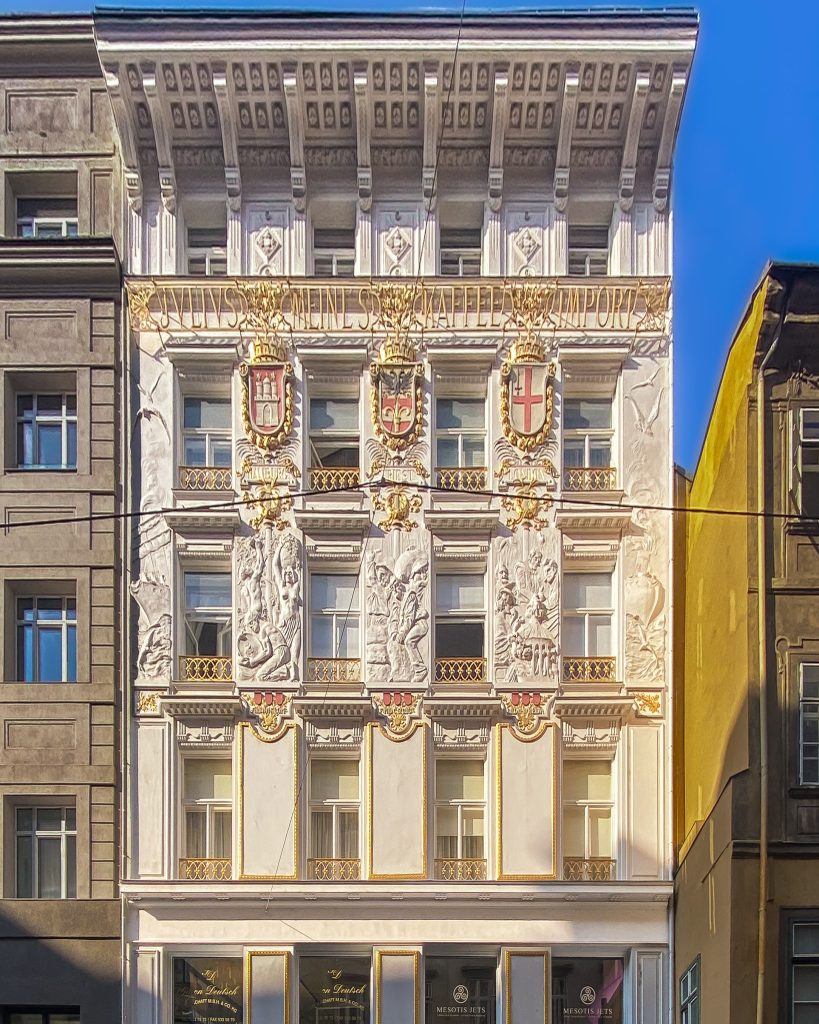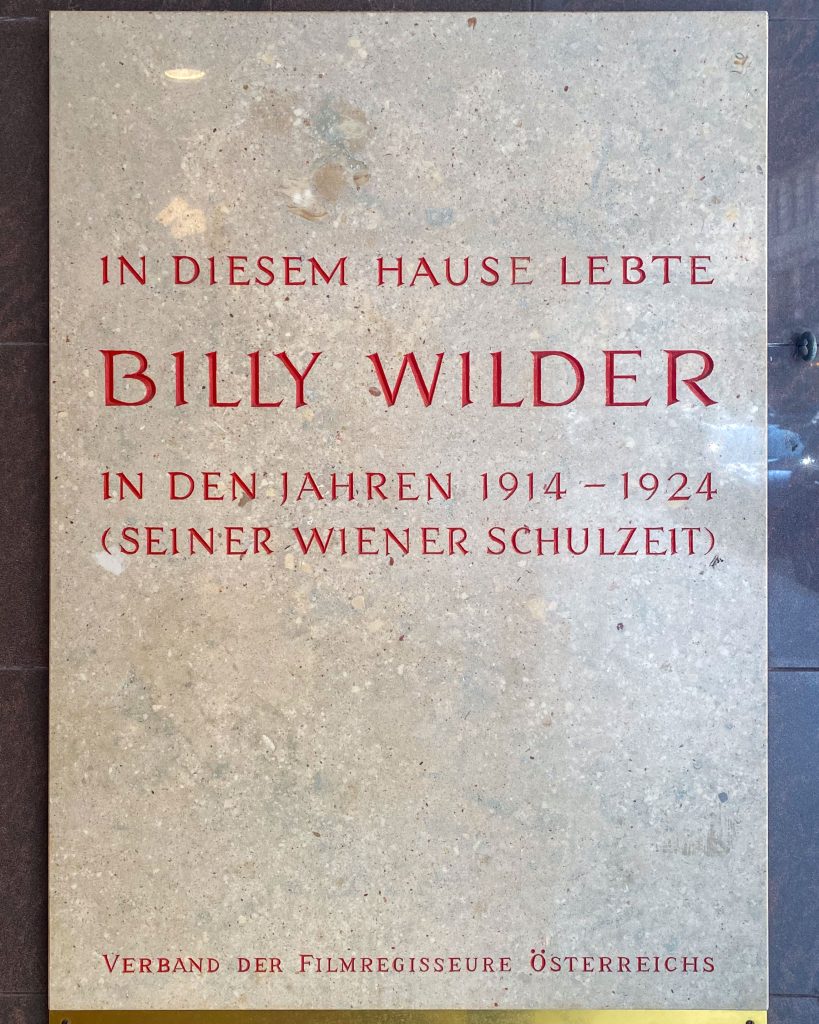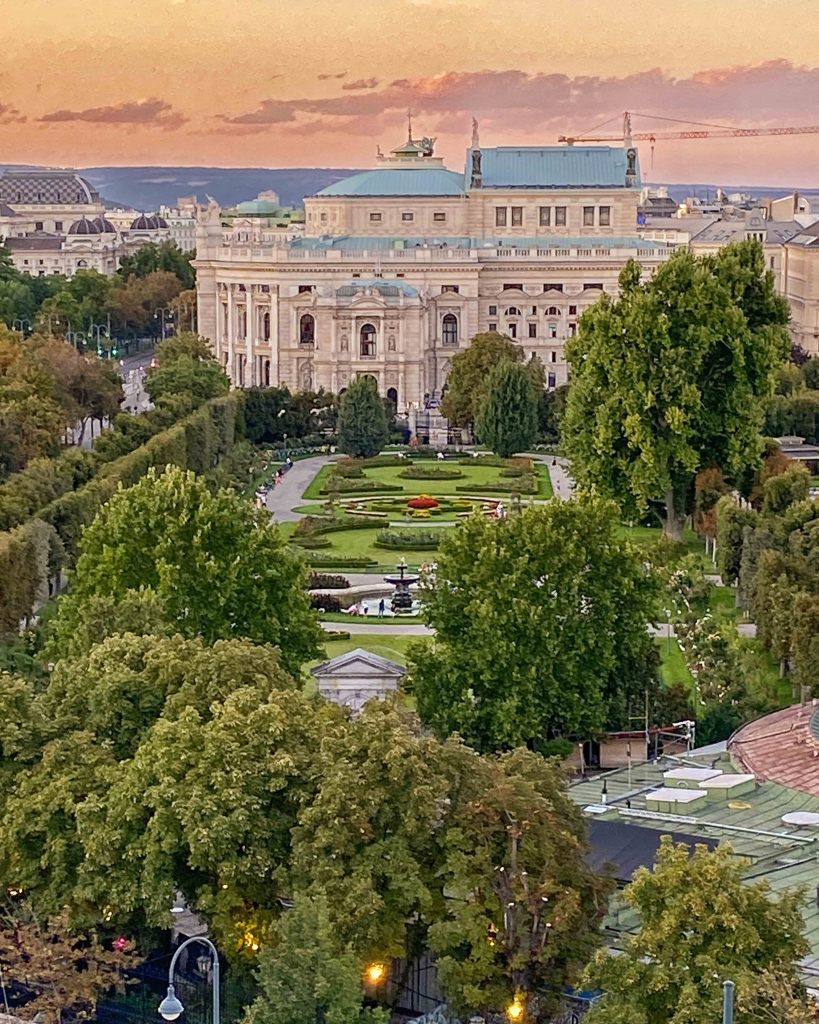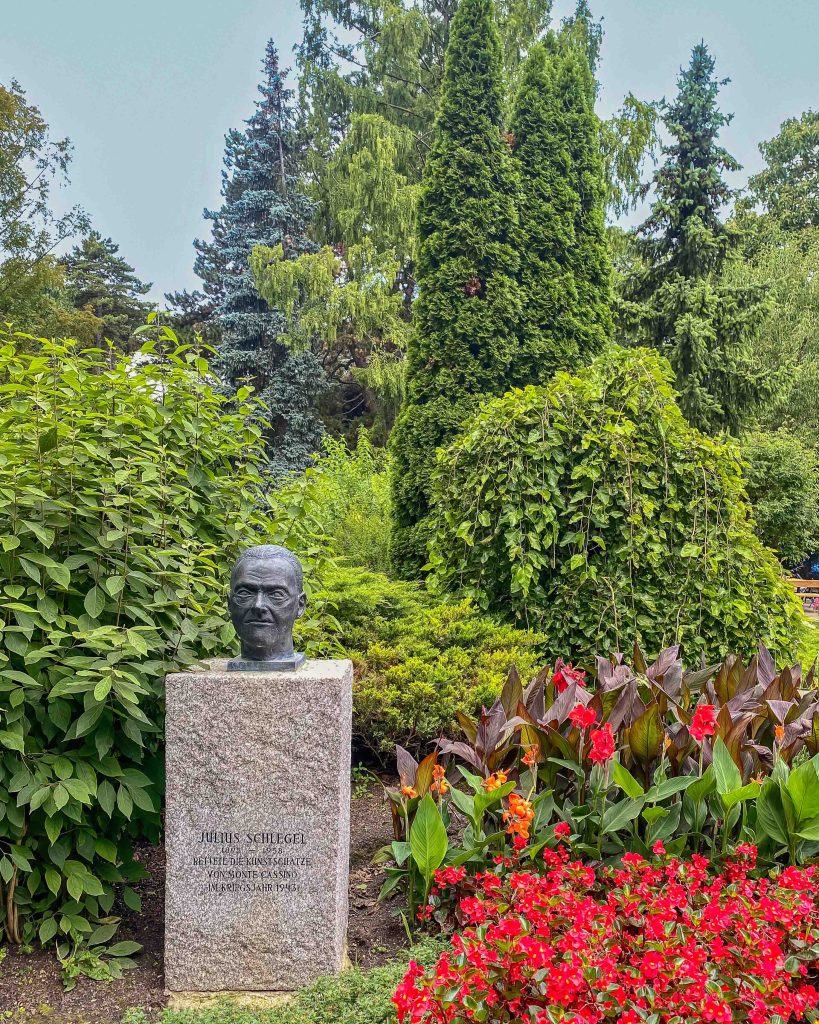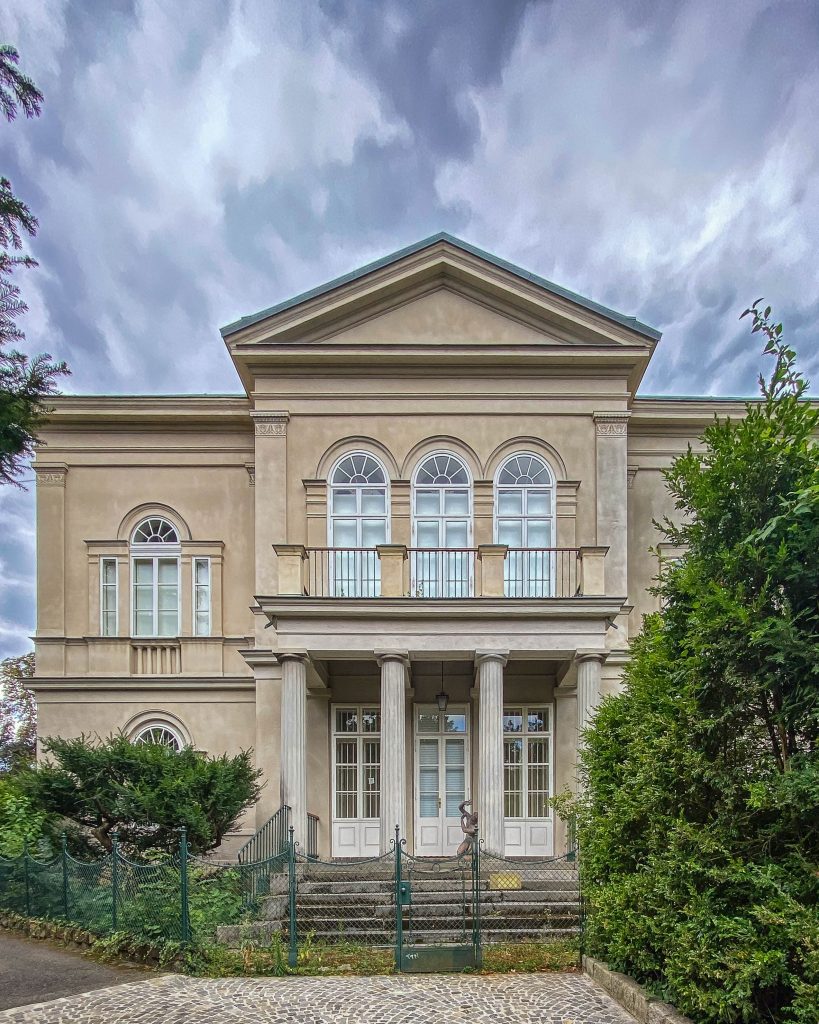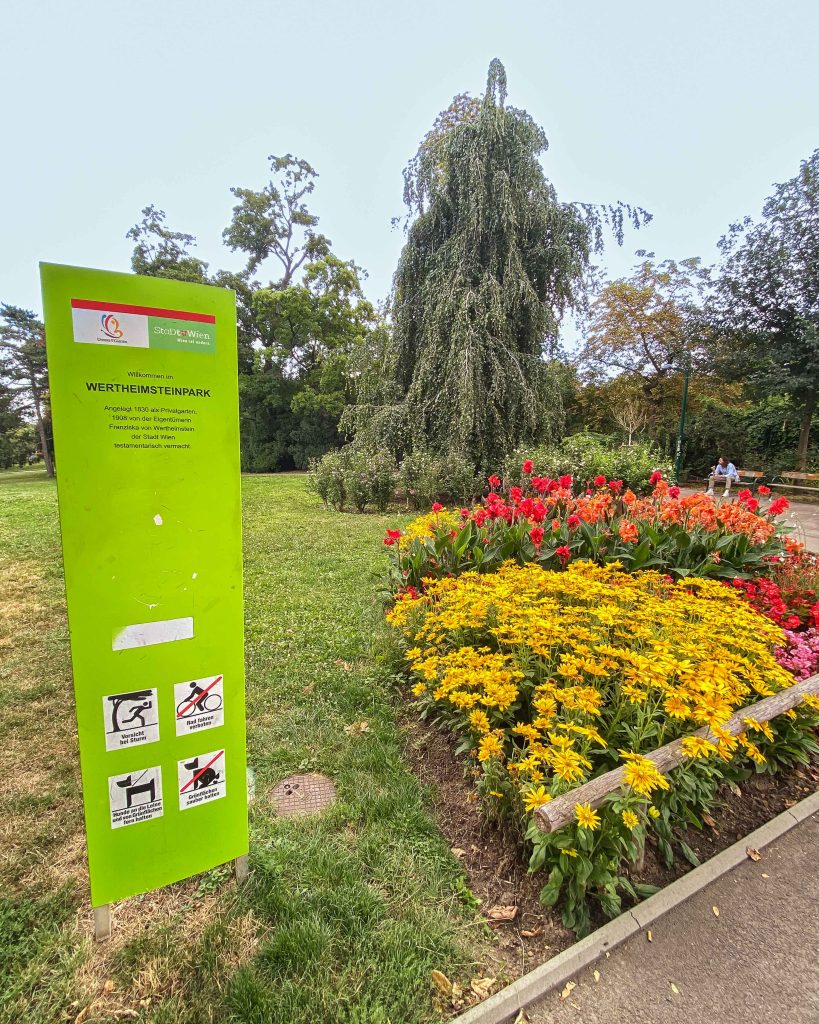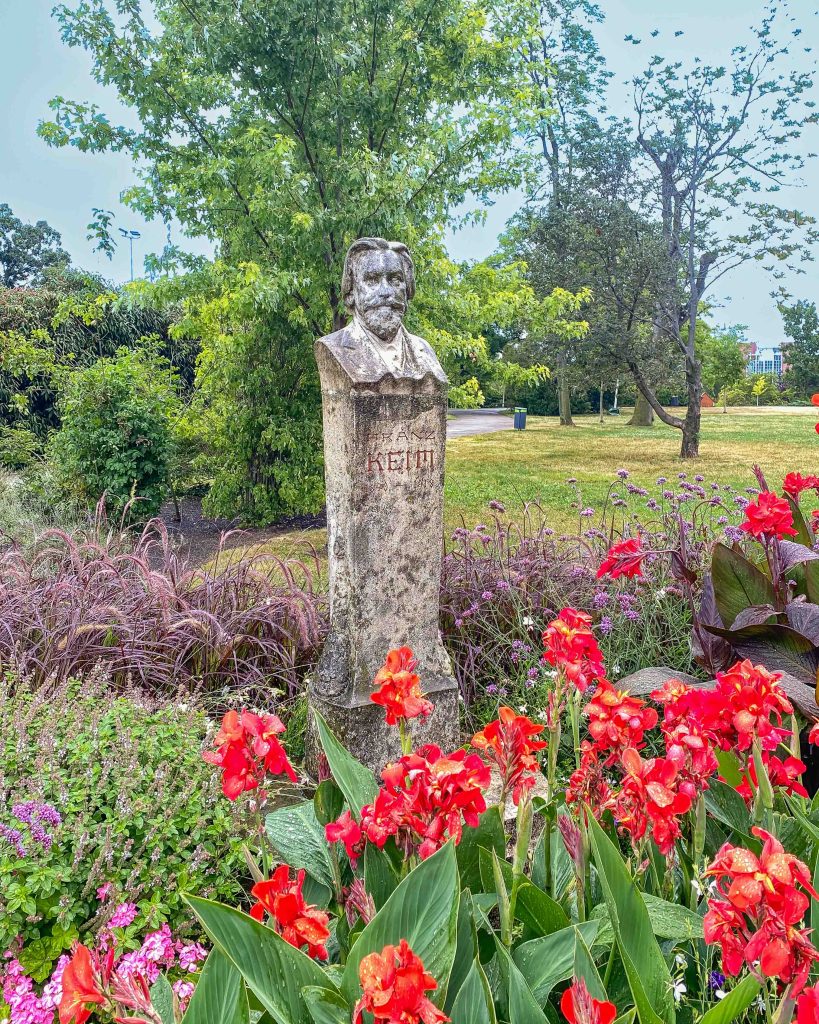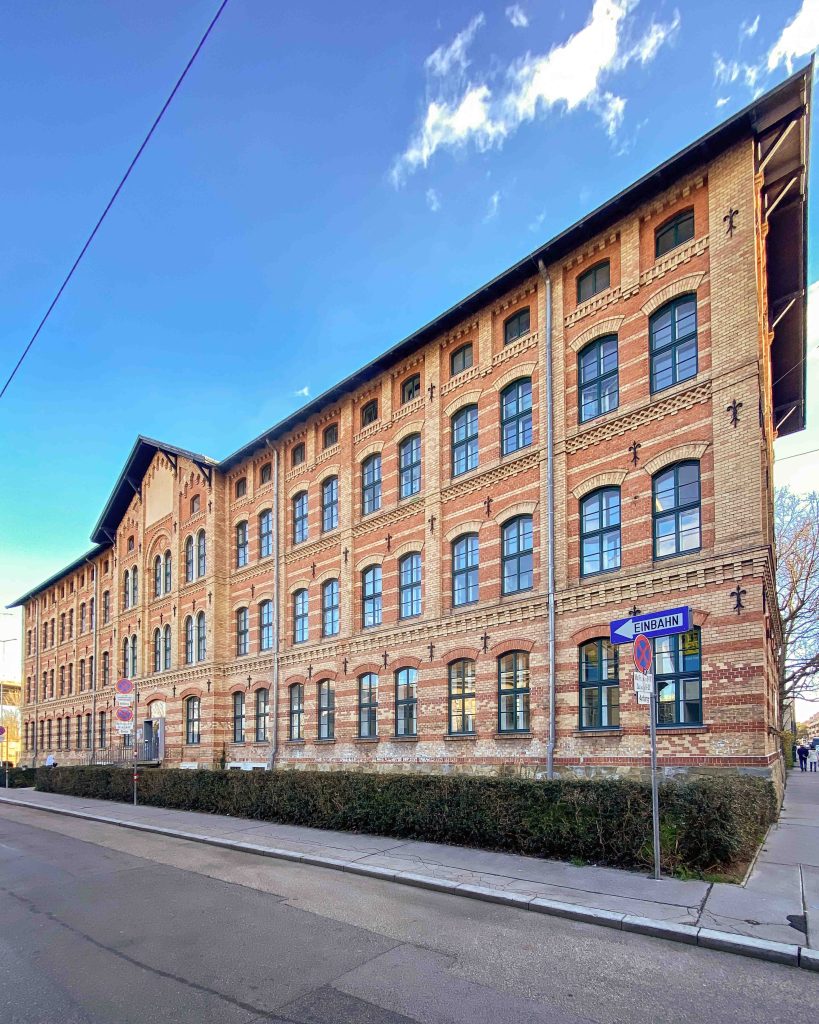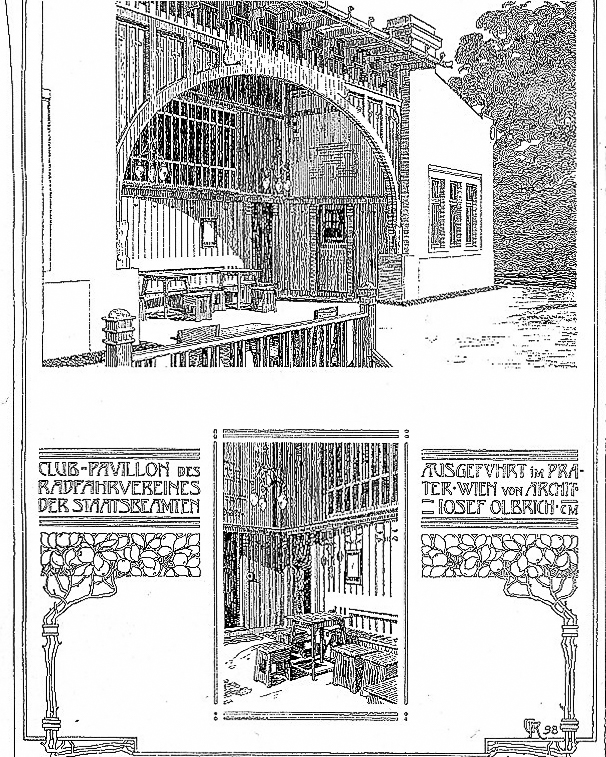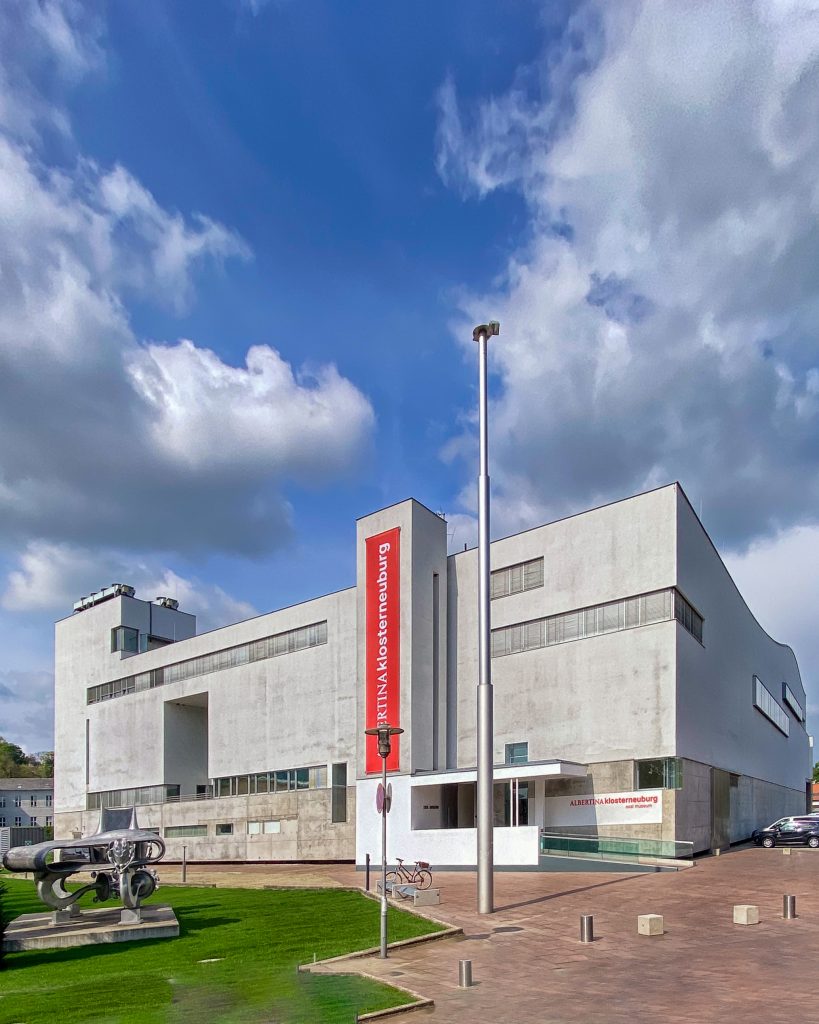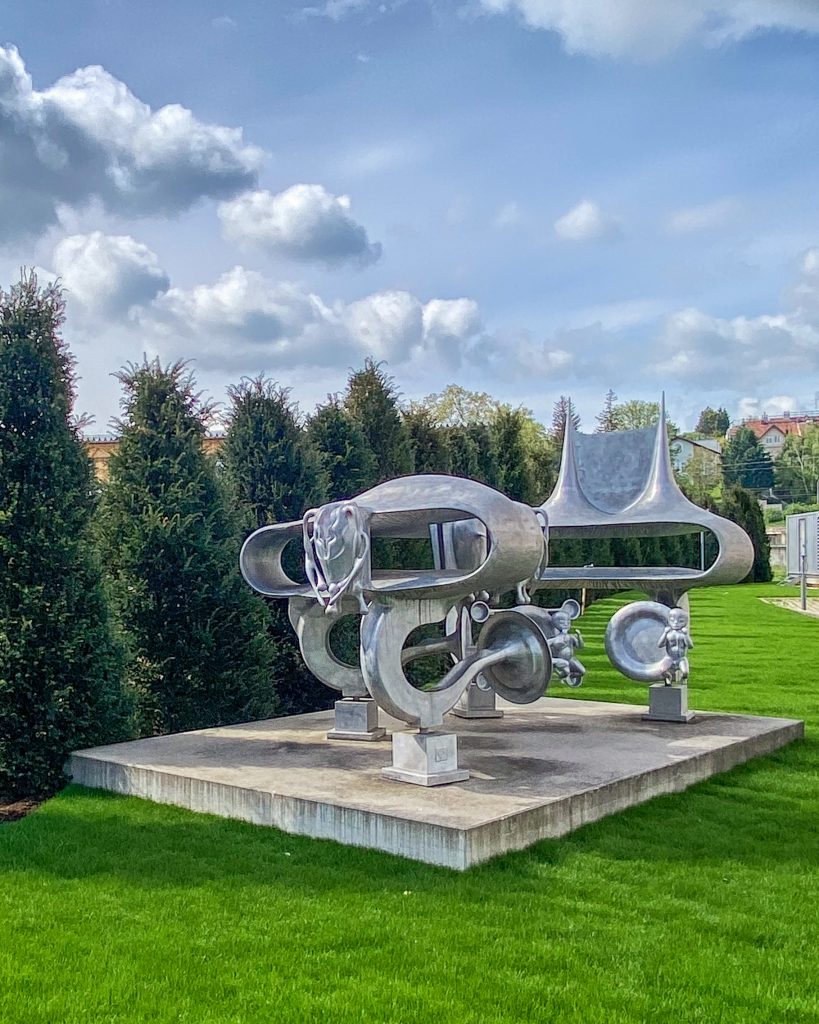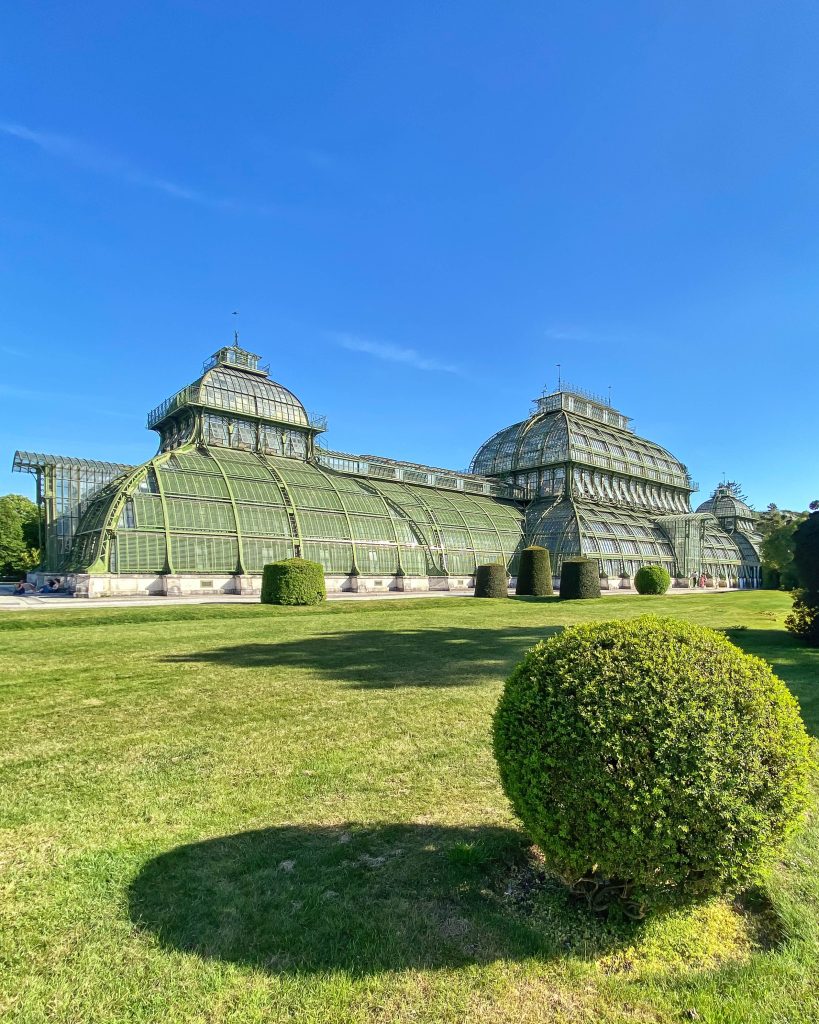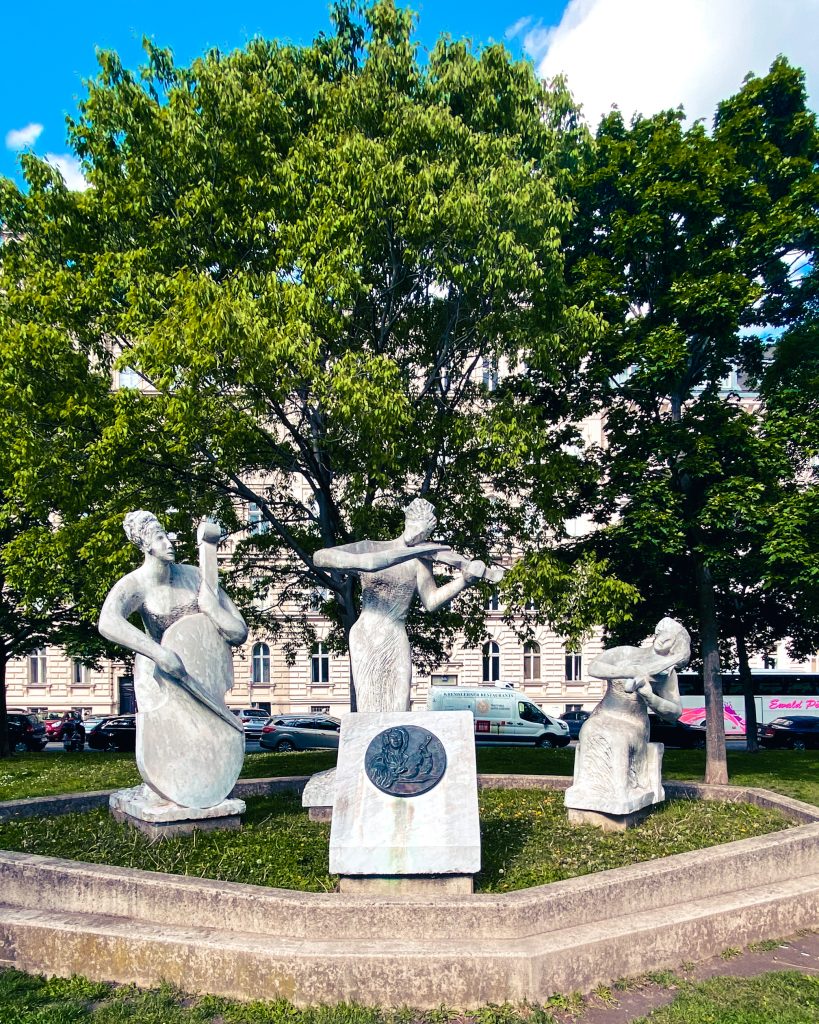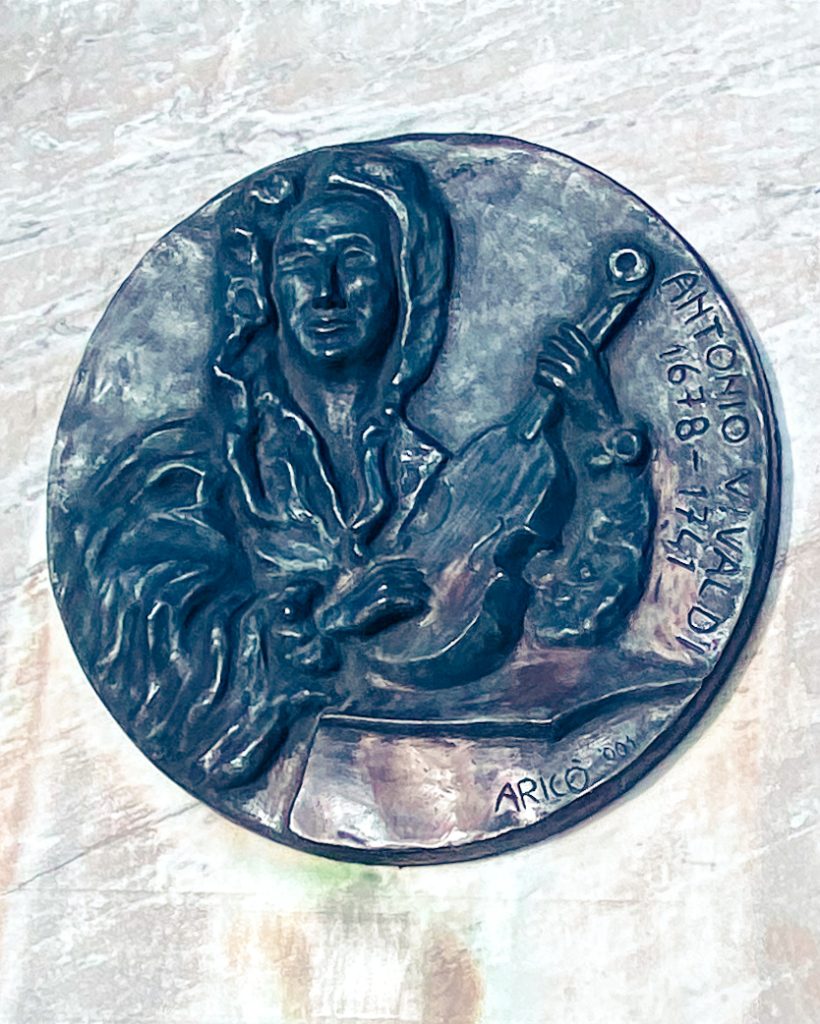Rabenhof Theater
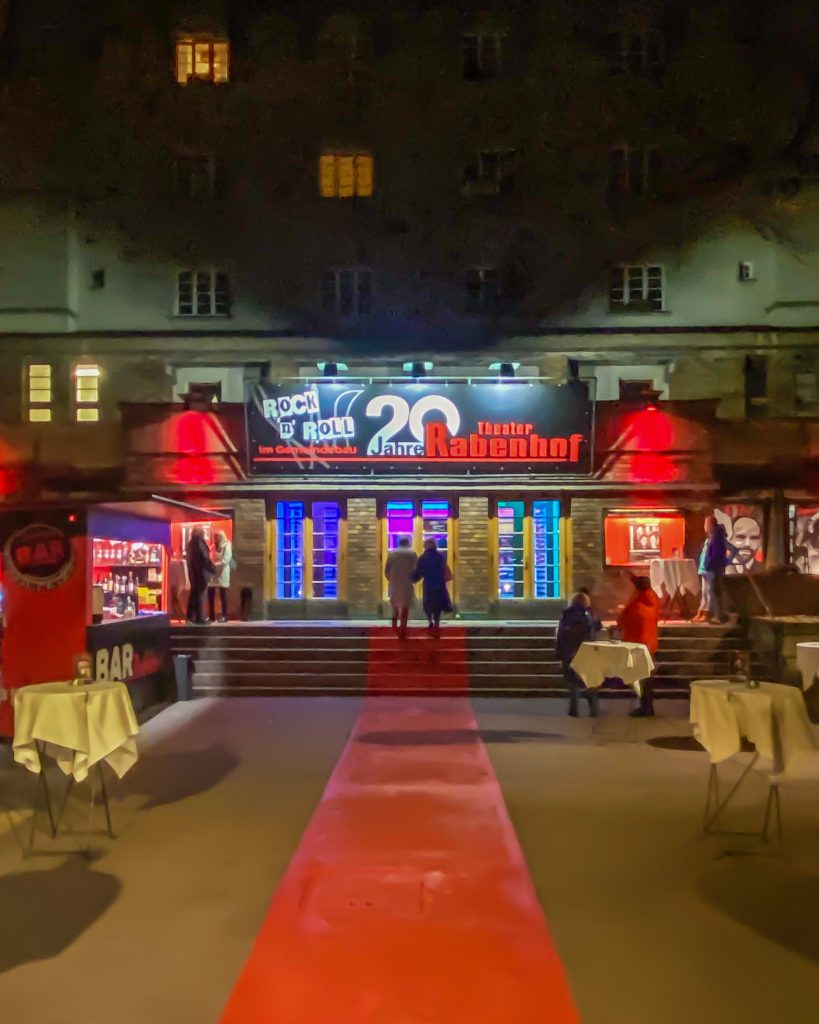
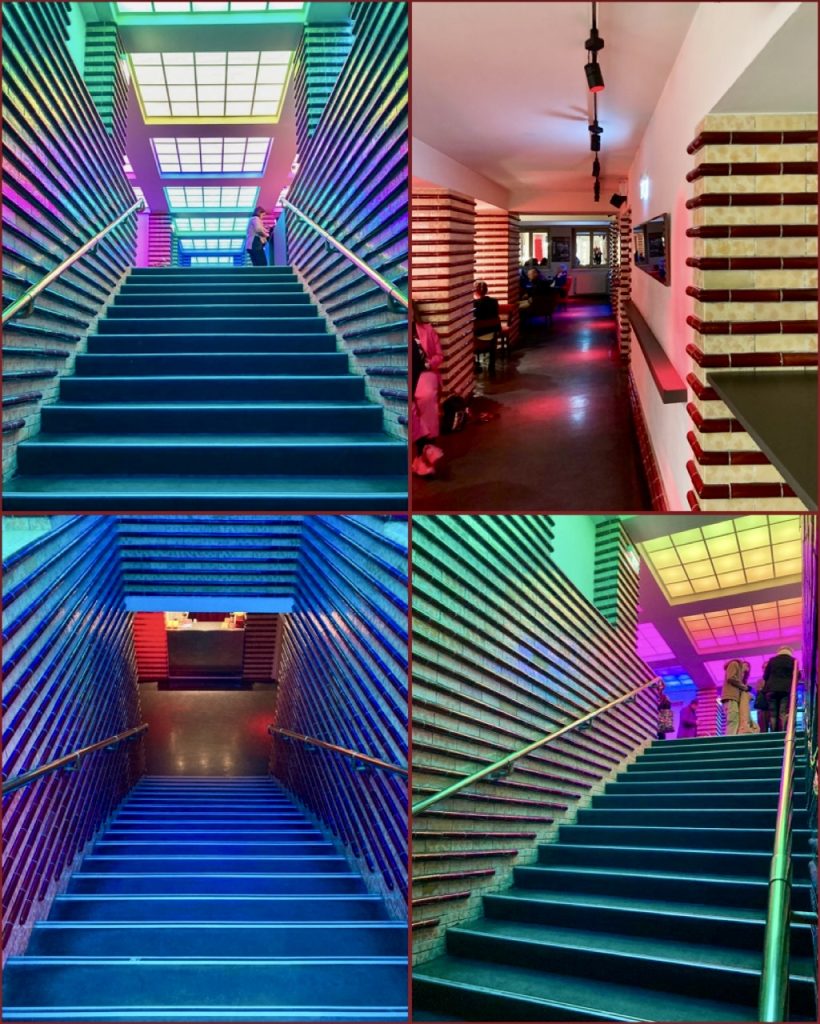
The 50,000m2 Rabenhof in Vienna-Landstrasse on the site of the former Krimsky barracks is a housing project from the 1920s that has urban and cultural significance and is considered a prime example of the municipal buildings of “Red Vienna”. The building, designed by Arch. Heinrich Schmid and Hermann Aichinger with its clear, functional forms (superblock) now has around 1,140 apartments.
On the first floor of one of the blocks is the Rabenhof Theater, an important cabaret theater with around 300 seats. After being revived in the 1990s as the third venue of the Theater in der Josefstadt, it became an independent stage in 2000 and was taken over by author and director Thomas Grazer in 2003.
Since then, it has developed into one of the leading venues in the Viennese cultural scene with innovative, contemporary and socially critical, satirical plays.
